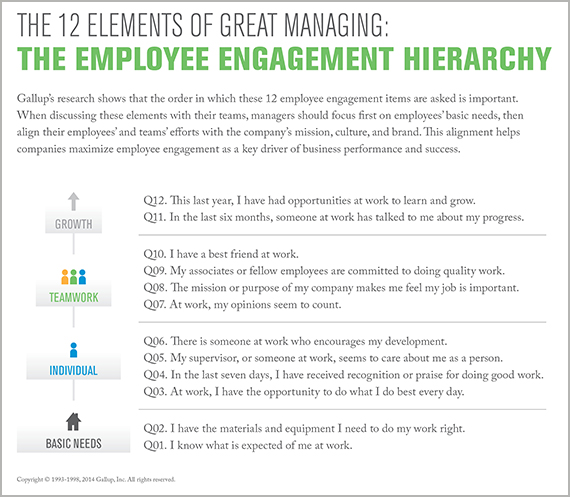People do not really trust sponsored content. Big surprise right? This reminds me of the general distrust of authority that seems ever present in our current culture. We have been lied to many times by leaders and companies and as a result we trust very few or none of them anymore.
Although Sponsored Content is sneakier in the digital format, I always flash back to a magazine. Do you remember those pages that looked a little different from the rest of the magazine because they were not up to the same visual quality of the rest of the pages. They also said “Sponsored Story” in the top corner. Those were the worst. I never read them, always went right past them even.
Now and days with native advertising they no longer stick out as badly but hopefully will remain clearly labeled. But 22.5%Â would believe the story if it is from a trusted brand. So how do we become a trust brand? Probably start by not lying.
Here are the charts:


